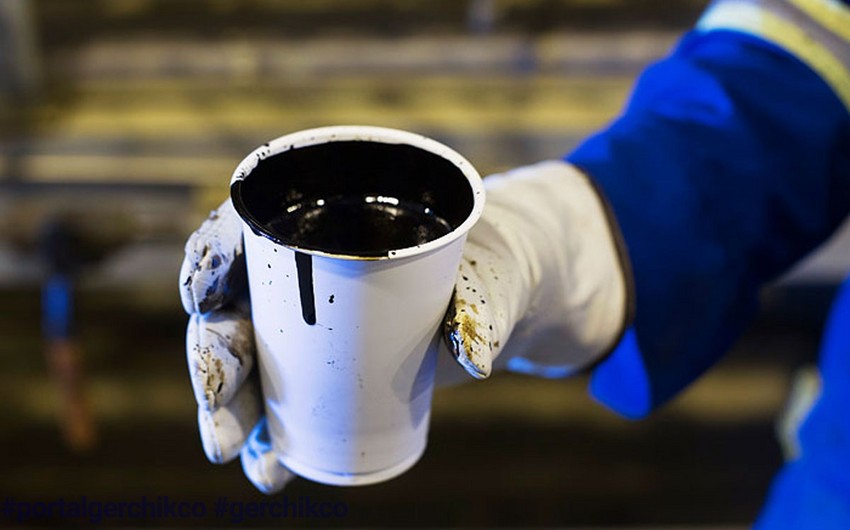The unprecedented oil inventory glut that amassed during the coronavirus pandemic is almost gone, underpinning a price recovery that’s rescuing producers but vexing consumers, Report informs referring to Bloomberg.
Oil inventories in developed economies stood just 57 million barrels above their 2015-2019 average as of February, down from a peak of 249 million in July, the IEA estimates.
Total stockpiles of crude and products subsided in late February to 1.28 billion barrels - a level seen before coronavirus erupted - and continue to hover there, according to the Energy Information Administration. Last week, stockpiles in the East Coast fell to their lowest in at least 30 years.
The oil surplus that gathered on the world’s seas is also diminishing. Ships were turned into makeshift floating depots when onshore facilities grew scarce last year, but the volumes have plunged.
They’ve tumbled about by 27 percent in the past two weeks to 50.7 million barrels, the lowest in a year.
For better or worse, the re-balancing should continue. As demand picks up further, global inventories will decline at a rate of 2.2 million barrels a day in the second half, propelling Brent crude to $74 a barrel or even higher, Citigroup predicts.


 https://static.report.az/photo/c3d65cc7-5b8d-319b-8c09-b6a69ce7b5a8.jpeg
https://static.report.az/photo/c3d65cc7-5b8d-319b-8c09-b6a69ce7b5a8.jpeg

